- Browse
- Jupyter
Jupyter Courses
Jupyter courses can help you learn data visualization, interactive computing, and how to create reproducible research. You can build skills in Python programming, data analysis with libraries like Pandas and NumPy, and using Markdown for documentation. Many courses introduce tools such as Jupyter Notebook and JupyterLab, which allow you to combine code, text, and visualizations seamlessly, making it easier to present your findings and collaborate on projects.
Popular Jupyter Courses and Certifications
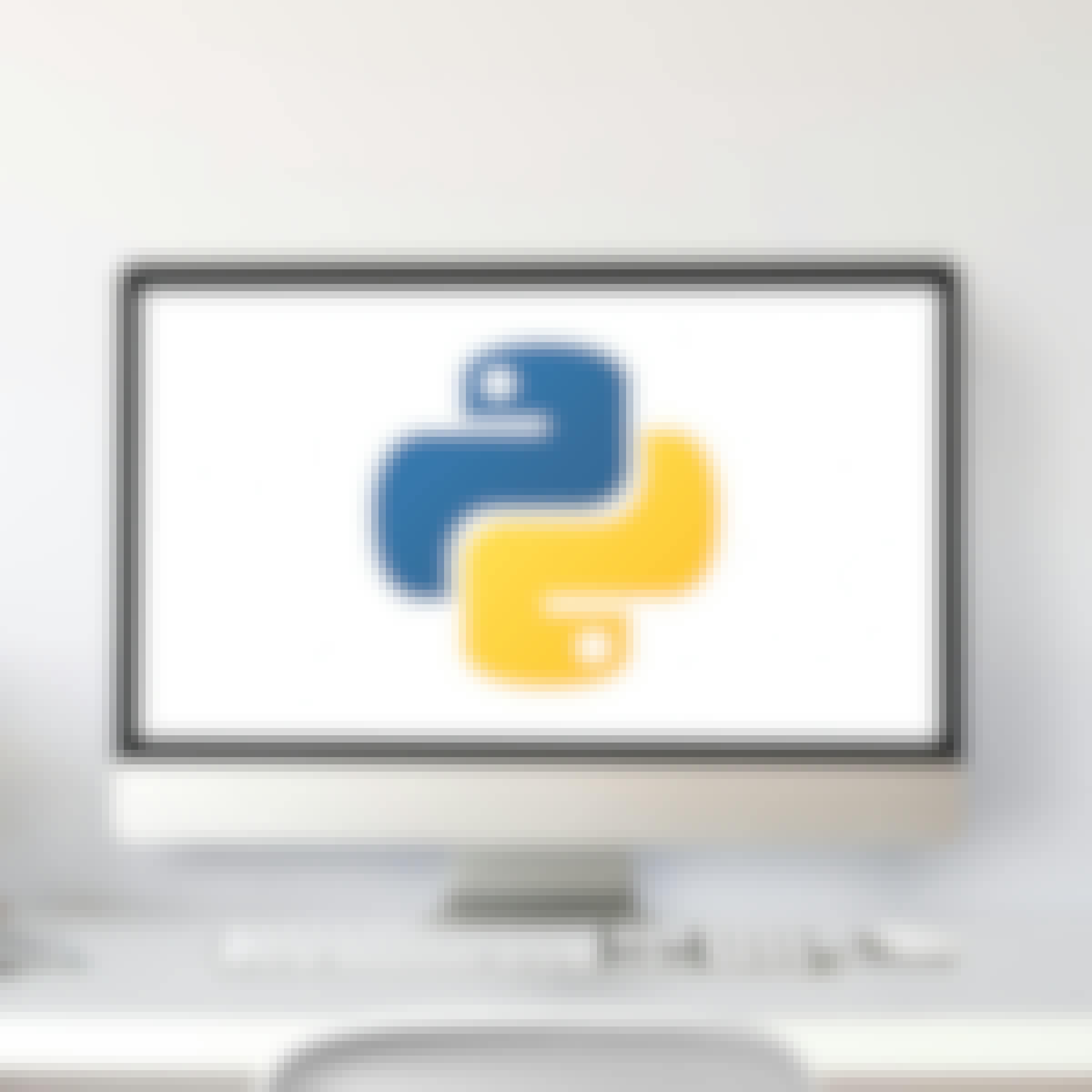 Status: Free TrialFree Trial
Status: Free TrialFree TrialSkills you'll gain: Data Import/Export, Programming Principles, Web Scraping, Python Programming, Jupyter, Data Structures, Data Processing, Pandas (Python Package), Data Manipulation, JSON, Computer Programming, Restful API, NumPy, Object Oriented Programming (OOP), Scripting, Application Programming Interface (API), Automation, Data Analysis
4.6·Rating, 4.6 out of 5 stars43K reviewsBeginner · Course · 1 - 3 Months
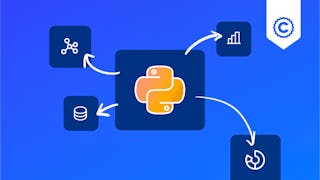 Status: NewNewStatus: PreviewPreview
Status: NewNewStatus: PreviewPreviewSkills you'll gain: Git (Version Control System), Version Control, GitHub, Jupyter, Python Programming, Programming Principles, Data Science, Generative AI, Scripting Languages, Development Environment, Computer Programming, Scripting, Data Analysis
Beginner · Course · 1 - 4 Weeks
 Status: NewNewStatus: Free TrialFree Trial
Status: NewNewStatus: Free TrialFree TrialSkills you'll gain: Pandas (Python Package), NumPy, Data Manipulation, Data Wrangling, Package and Software Management, Data Analysis, Data Transformation, Unstructured Data, JSON, Object Oriented Programming (OOP), Data Science, Python Programming, Computer Programming, Programming Principles, Data Import/Export, Software Design, Data Validation, Mathematical Software, Computational Logic, Data Structures
4.9·Rating, 4.9 out of 5 stars59 reviewsBeginner · Specialization · 3 - 6 Months
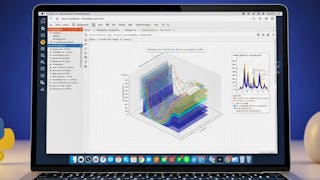 Status: NewNewStatus: PreviewPreview
Status: NewNewStatus: PreviewPreviewSkills you'll gain: Matplotlib, Scientific Visualization, Data Visualization Software, Interactive Data Visualization, Seaborn, Jupyter, NumPy, Performance Tuning, Development Environment, Python Programming, Javascript, Debugging
Mixed · Course · 1 - 3 Months
 Status: Free TrialFree Trial
Status: Free TrialFree TrialSkills you'll gain: Rmarkdown, Plot (Graphics), Box Plots, Descriptive Statistics, Scatter Plots, Histogram, Jupyter, Matplotlib, Data Presentation, Ggplot2, Statistical Visualization, Data Manipulation, R (Software), Statistical Hypothesis Testing, Regression Analysis, Correlation Analysis, Data Visualization, Data Analysis, R Programming, Python Programming
3.9·Rating, 3.9 out of 5 stars25 reviewsBeginner · Specialization · 3 - 6 Months
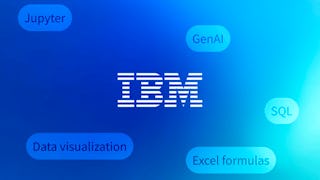 Status: Free TrialFree TrialStatus: AI skillsAI skillsI
Status: Free TrialFree TrialStatus: AI skillsAI skillsIIBM
Skills you'll gain: Exploratory Data Analysis, Data Storytelling, Data Wrangling, Dashboard, Data Visualization Software, Plotly, Data Visualization, Data Presentation, Interactive Data Visualization, Generative AI, SQL, Data Transformation, Data Analysis, Big Data, IBM Cognos Analytics, Excel Formulas, Professional Networking, Data Import/Export, Microsoft Excel, Python Programming
Build toward a degree
4.6·Rating, 4.6 out of 5 stars97K reviewsBeginner · Professional Certificate · 3 - 6 Months
What brings you to Coursera today?
 Status: Free TrialFree TrialG
Status: Free TrialFree TrialGGoogle
Skills you'll gain: Object Oriented Programming (OOP), Data Structures, Python Programming, NumPy, Pandas (Python Package), Data Analysis, Scripting, Data Manipulation, Data Visualization, Algorithms, Debugging
4.8·Rating, 4.8 out of 5 stars1.7K reviewsAdvanced · Course · 1 - 3 Months
 Status: Free TrialFree TrialStatus: AI skillsAI skillsI
Status: Free TrialFree TrialStatus: AI skillsAI skillsIIBM
Skills you'll gain: Exploratory Data Analysis, Data Wrangling, Dashboard, Data Visualization Software, Data Visualization, SQL, Unsupervised Learning, Plotly, Interactive Data Visualization, Peer Review, Data Transformation, Supervised Learning, Jupyter, Data Analysis, Data Cleansing, Data Manipulation, Data Literacy, Generative AI, Professional Networking, Data Import/Export
Build toward a degree
4.6·Rating, 4.6 out of 5 stars148K reviewsBeginner · Professional Certificate · 3 - 6 Months
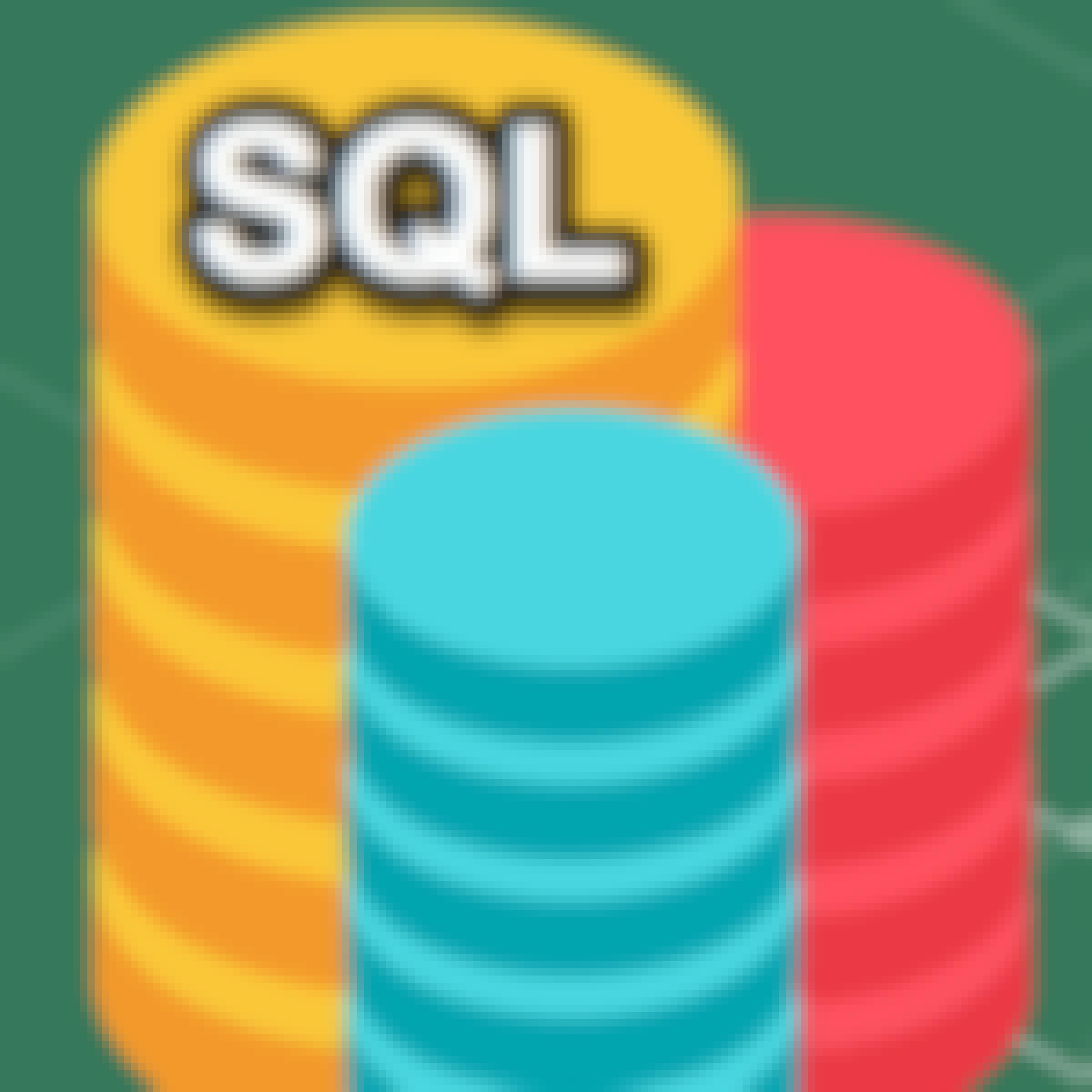 Status: Free TrialFree Trial
Status: Free TrialFree TrialSkills you'll gain: SQL, Relational Databases, Stored Procedure, Databases, Query Languages, Jupyter, Data Manipulation, Data Analysis, Pandas (Python Package), Transaction Processing, Python Programming
4.7·Rating, 4.7 out of 5 stars22K reviewsBeginner · Course · 1 - 3 Months
 Status: NewNew
Status: NewNewSkills you'll gain: Pandas (Python Package), Web Scraping, Python Programming, Jupyter, Image Analysis, Text Mining, Data Manipulation, Computer Vision, Data Analysis, Natural Language Processing, Data Visualization Software, Data Science, Applied Machine Learning, Unstructured Data
Intermediate · Course · 1 - 4 Weeks
 Status: NewNewStatus: PreviewPreviewC
Status: NewNewStatus: PreviewPreviewCCoursera
Skills you'll gain: SQL, GitHub, Version Control, Git (Version Control System), MySQL, Query Languages, Relational Databases, Jupyter
Beginner · Course · 1 - 4 Weeks
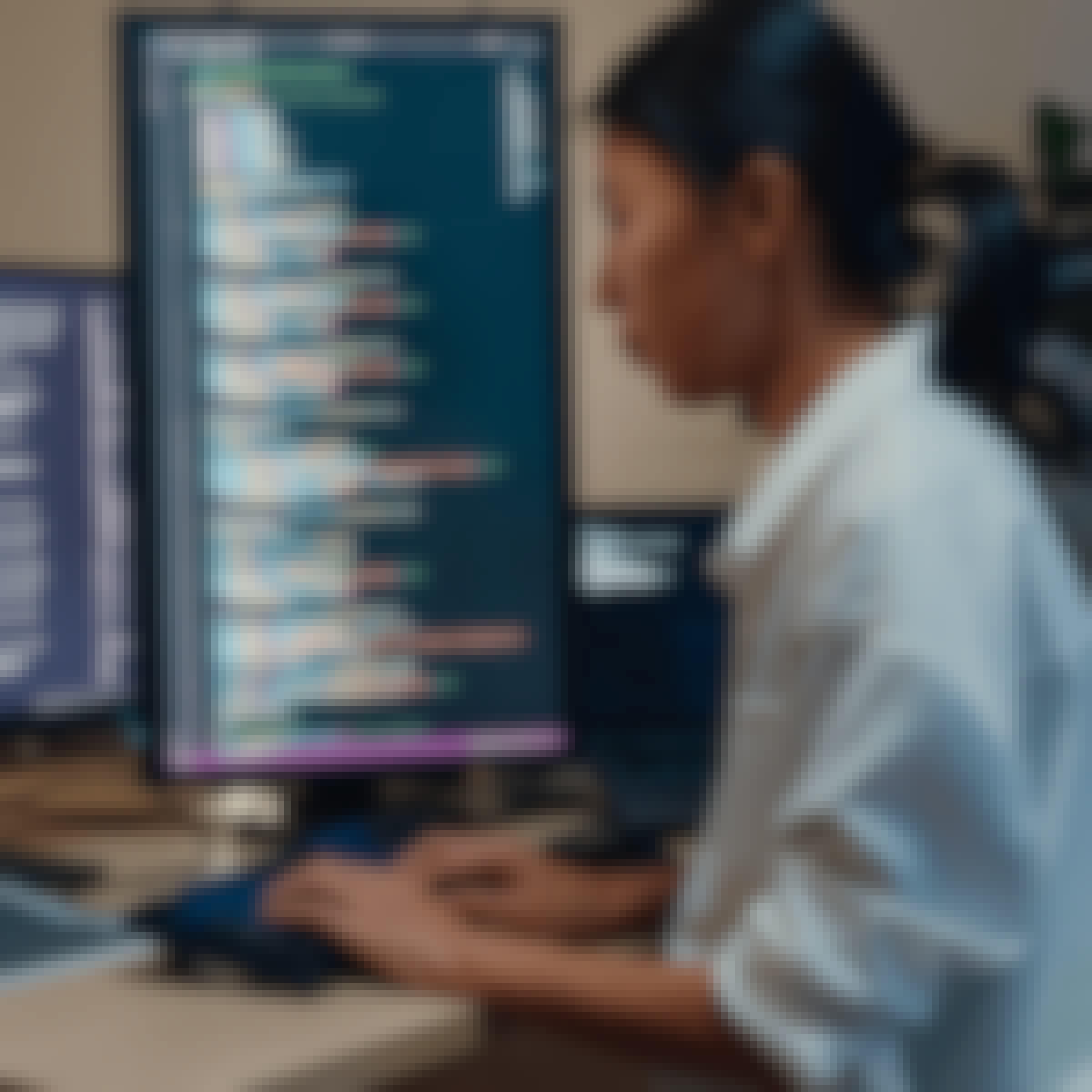 Status: Free TrialFree Trial
Status: Free TrialFree TrialSkills you'll gain: Generative AI, Matplotlib, Plotly, Data Ethics, Data Visualization, Data Cleansing, Data Manipulation, Exploratory Data Analysis, Pandas (Python Package), Data Transformation, Interactive Data Visualization, Data Visualization Software, Data Storytelling, Data Analysis, Scikit Learn (Machine Learning Library), Jupyter, Python Programming, Machine Learning
4.4·Rating, 4.4 out of 5 stars90 reviewsBeginner · Course · 1 - 3 Months
In summary, here are 10 of our most popular jupyter courses
- Python for Data Science, AI & Development: IBM
- First Steps in Python with Jupyter Notebooks: Coursera
- Google Data Analysis with Python: Google
- Jupyter & Python: Visualize, Optimize & Accelerate: EDUCBA
- Data Science and Analysis Tools - from Jupyter to R Markdown: Codio
- IBM Data Analyst: IBM
- Get Started with Python: Google
- IBM Data Science: IBM
- Databases and SQL for Data Science with Python: IBM
- Skill Up with Python: Data Science and Machine Learning Recipes: Pearson
Frequently Asked Questions about Jupyter
Jupyter is a web application used to create and share documents. These documents include codes, images, and text. The open-source platform allows you to create different notebooks for your codes with your explanations, data, and results. With Jupyter, you are able to share your notebooks as an attachment to collaborate with others and improve your results.
It's important to learn about Jupyter to facilitate your data sharing and improve your results. Being able to share your explanations, data, code, and images with others all in one easy to use attachment will save you time and keep your data up to date with the modifications made by others. It's also important to learn to use Jupyter to create tutorials for educational purposes. This allows you to present your findings in a way for everyone to understand and lets others try out your code and simulate modifications to learn and improve from one another.
Online courses will help you learn about Jupyter by offering the flexibility you need to learn on your own time all while having experts available to answer questions and who will guide you through each module in the course. You'll broaden your knowledge of data science topics such as Python, SQL, and deep learning. These courses will give you detailed lectures, Guided Projects, and assignments that will test your knowledge to measure your understanding of the material. Discover the foundations of applied data science, computer programming, and machine learning, or uncover advanced studies such as understanding deepfakes with Keras. You will be able to follow along video tutorials to learn to use the platform and create projects that simulate true tests.
To learn about Jupyter, you should have prior knowledge in coding and data analysis. Having this prior knowledge will allow you to understand how to create the notebooks and analyze the results. It will also help you create simulations and be able to learn from other's shared data. Before starting to learn about Jupyter you should also have knowledge in coding programs and languages to understand the language and be able to translate the results to test modifications or run other simulations.
Online Jupyter courses offer a convenient and flexible way to enhance your knowledge or learn new Jupyter skills. Choose from a wide range of Jupyter courses offered by top universities and industry leaders tailored to various skill levels.
When looking to enhance your workforce's skills in Jupyter, it's crucial to select a course that aligns with their current abilities and learning objectives. Our Skills Dashboard is an invaluable tool for identifying skill gaps and choosing the most appropriate course for effective upskilling. For a comprehensive understanding of how our courses can benefit your employees, explore the enterprise solutions we offer. Discover more about our tailored programs at Coursera for Business here.










